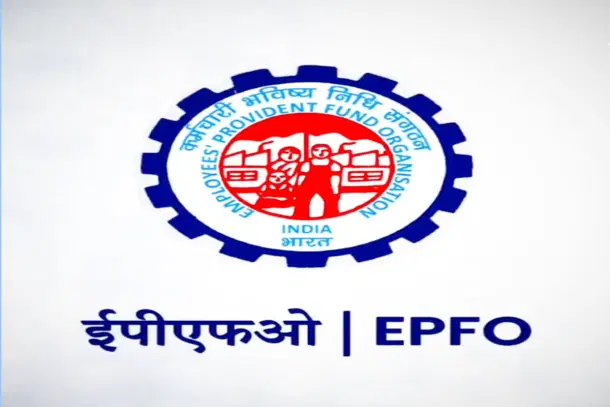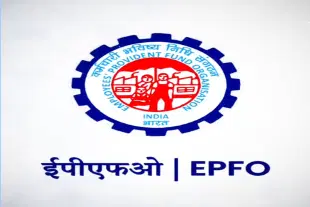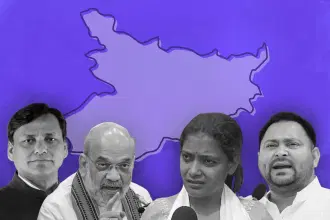News Brief
EPFO Now Permits 100 Per Cent PF Withdrawal, Makes Process Simpler
Arzoo Yadav
Oct 14, 2025, 02:54 PM | Updated 02:54 PM IST
Save & read from anywhere!
Bookmark stories for easy access on any device or the Swarajya app.


The Employees’ Provident Fund Organisation (EPFO) has now allowed members to withdraw up to 100 per cent of their eligible PF balance, including both employee and employer contributions, reported India Today.
The decision, taken at the 238th Central Board of Trustees meeting in New Delhi, aims to make provident fund access easier.
Previously, full PF withdrawals were permitted only after retirement or prolonged unemployment. Partial withdrawals for housing, education, or medical needs were limited and often cumbersome.
Under the new rules, EPFO has merged 13 complex withdrawal conditions into three clear categories: essential needs, housing needs, and special circumstances. Members can now withdraw for education up to ten times and for marriage up to five times, while the minimum service requirement has been reduced to 12 months. Withdrawals under special circumstances require no explanation.
To protect retirement savings, 25 per cent of member contributions must remain in the account, continuing to earn interest at 8.25 per cent annually. Partial withdrawal claims will now be processed automatically, reducing paperwork and delays. The waiting period for premature pension settlement has increased to 12 months, and final pension withdrawal is extended to 36 months.
Highlighting the broader issue of blocked funds, Sanjeev Sanyal, a member of the Prime Minister's Economic Advisory Council, who has been very vocal on the issue, had stated a couple of months ago, “It takes 25 steps to withdraw your own money. Not surprisingly, it gets jammed somewhere,” adding that a parallel network of brokers charges up to 20 per cent to access funds.
Sanyal had stated that the amount stuck in limbo was a massive Rs 90000 crore.
He cautioned, “We’ve made the mistake of putting the same old bureaucratic process online. That’s not reform.” Sanyal compared EPFO to the Investor Education and Protection Fund, calling it a place “where shares go to die,” citing challenges for heirs claiming unclaimed assets.
The reforms, including the launch of the Vishwas Scheme and EPFO 3.0 modernisation, aim to unclog blocked savings, improve convenience, and provide flexible access without jeopardising retirement security.
Please click here to add Swarajya as your preferred and trusted news source on Google.





